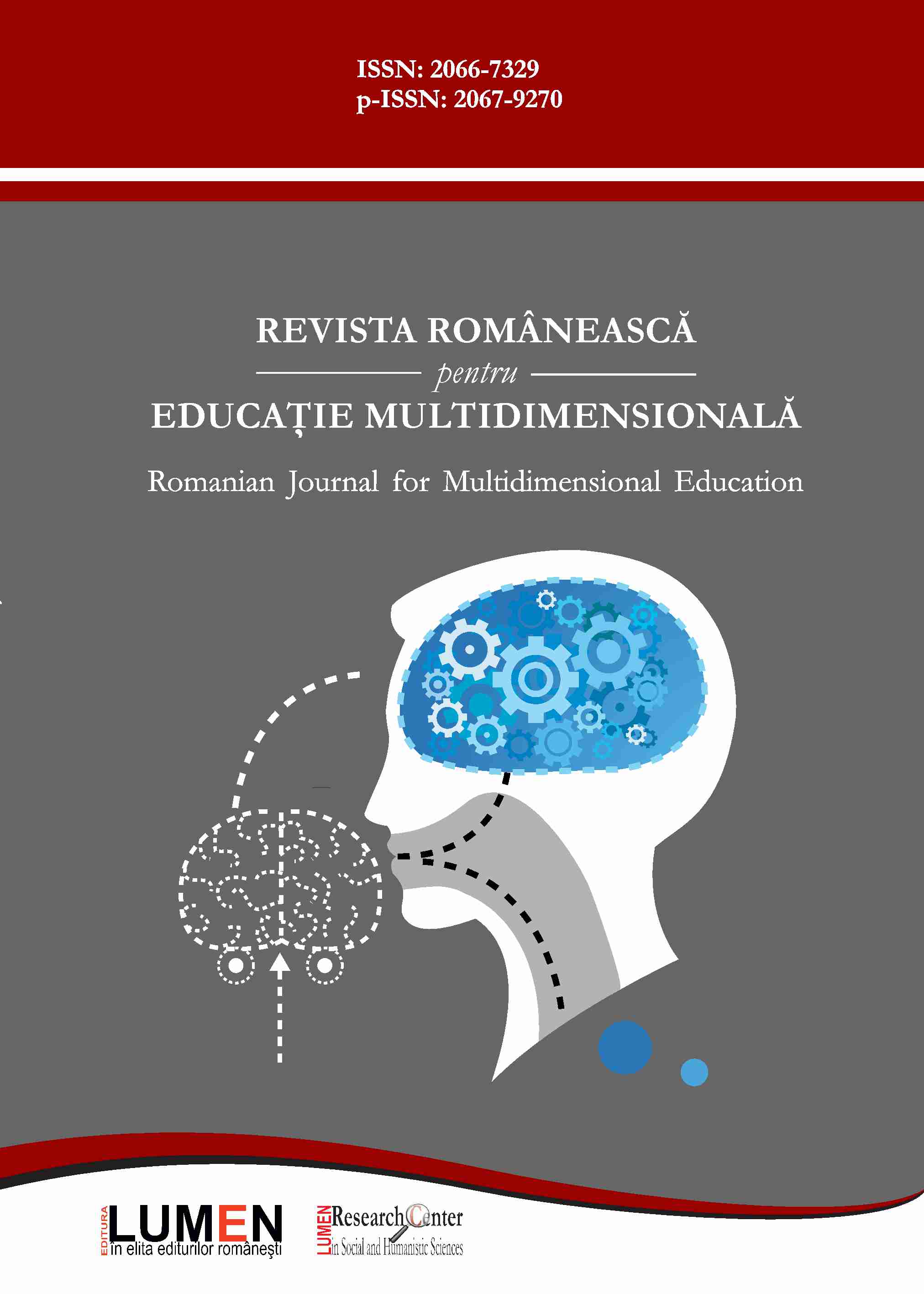Carbohydrates Energy Reserves as a Factor of Recovery after Training and Competitive Efforts
Carbohydrates Energy Reserves as a Factor of Recovery after Training and Competitive Efforts
Author(s): Veaceslav ManolachiSubject(s): Social development, Sociology of the arts, business, education
Published by: Editura Lumen, Asociatia Lumen
Keywords: training effort; bioenergetic resources; carbohydrates; anaerobic and aerobic competition exercises; spectroscopy;
Summary/Abstract: In physical education and sport recovery is assured by using many resources / natural or artificial exercises, related to the restoration of performance capacity after exercise or competitive activity. At present there is an intense accumulation of data on direct measurements of carbohydrate exchange. Purely anaerobic physical efforts, in a sense, are better known, understood and assimilated than aerobic ones. For anaerobic competition exercises is important not only to accumulate energy substrates but also to keep them intact until the real competition. Particularly, it is obligatory to achieve this imperative in short-term movements: jumping, throwing, weight lifting, key episodes of battles. However, there is felt a lack of synthesis work, which would contain thoroughly verified information, because only in this case are possible new formulations of the principles of practical use of the scientific results. Thus, the basic energy substrates for aerobic efforts are glycogen and lipids. The limited character of energy reserves of carbohydrates is a factor that regulates sports performance in aerobic physical effort. This is why increased attention is paid to the carbohydrate saturation food problems. Sports that require maximum and sub-maximal values of force, up to the values that are available to the world's elite and shall be carried out in 20-30 minutes, represent sports genres where carbohydrate-based energy is predominant, and the genetic traits of athletes are manifested by means of maximum levels of energy exchange: anaerobic and aerobic ones.
Journal: Revista Românească pentru Educaţie Multidimensională
- Issue Year: XII/2020
- Issue No: 1
- Page Range: 357-367
- Page Count: 10
- Language: English

